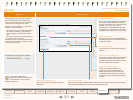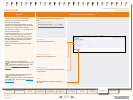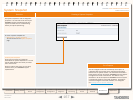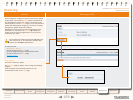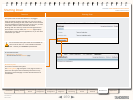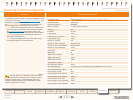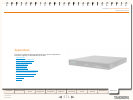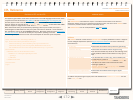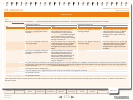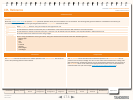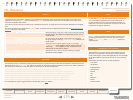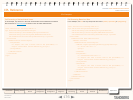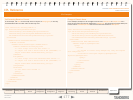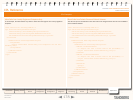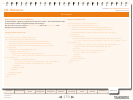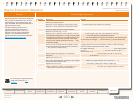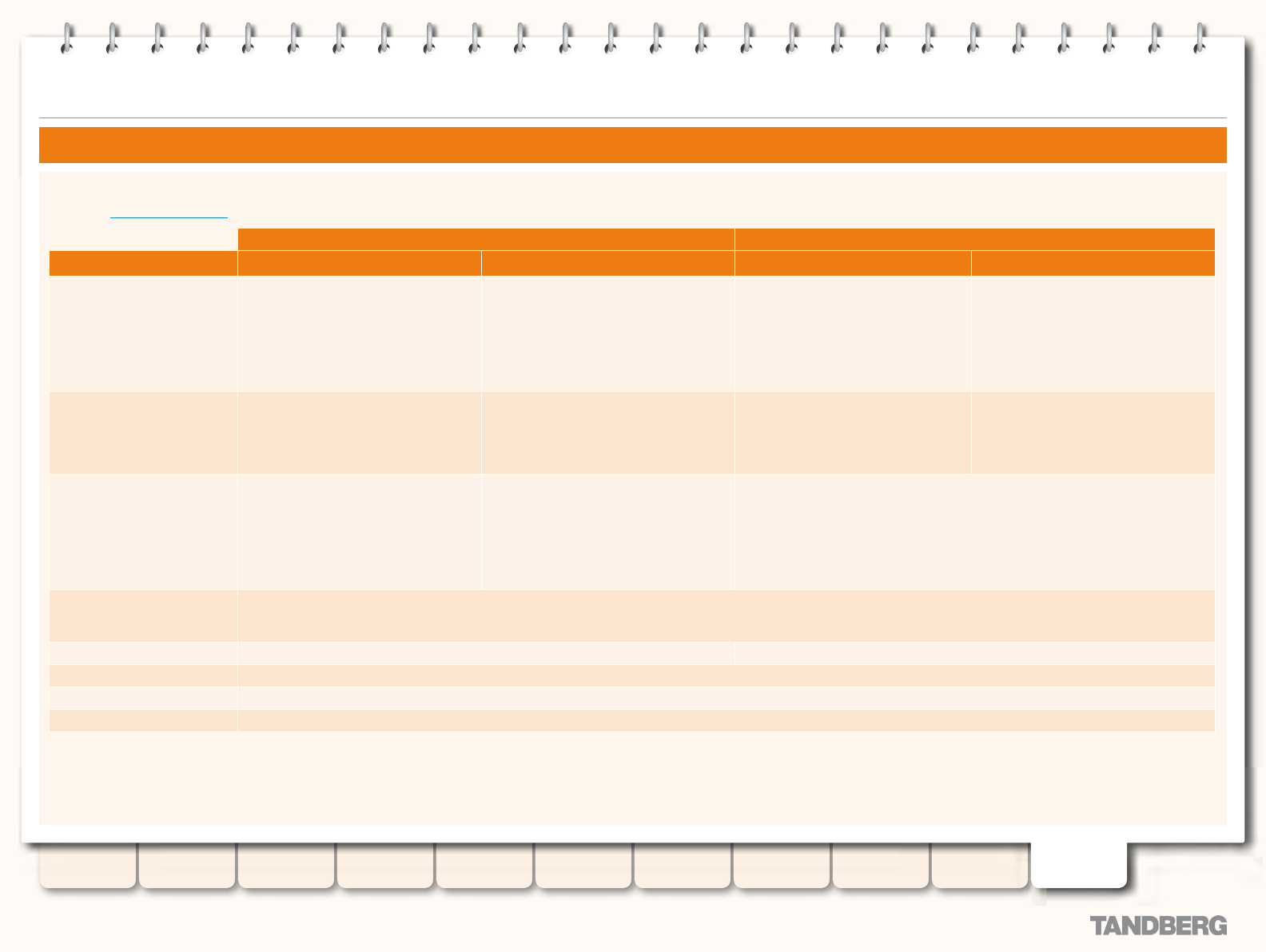
173
D14049.03
MAY 2008
Grey Headline (continued)
TANDBERG VIDEO COMMUNICATIONS SERVER
ADMINISTRATOR GUIDE
Introduction Getting Started
Overview and
Status
System
Conguration
VCS
Conguration
Zones and
Neighbors
Call
Processing
Bandwidth
Control
Firewall
Traversal
Maintenance Appendices
CPL Reference
eld
Within the address-switch node, the mandatory eld parameter species which address is to be considered. The supported attributes and their interpretation are as follows:
Authentication Mode: On Authentication Mode: Off
Field SIP H.323 SIP H.323
origin
The "From" and "ReplyTo" elds of the
message if it authenticated correctly,
otherwise not-present.
The source aliases from the original
LRQ or ARQ that started the call if
it authenticated correctly otherwise
not-present. Since SETUP messages
are not authenticated if we receive a
setup without a preceding RAS message
the origin will always be not-present.
The "From" and "ReplyTo" elds of the
incoming message.
The source aliases from the original LRQ
or ARQ that started the call. If a SETUP
is received without a preceding RAS
message then the origin is taken from
the SETUP.
unauthenticated-origin
The "From" and "ReplyTo" elds of the
incoming message.
The source aliases from the original LRQ
or ARQ that started the call. If a SETUP
is received without a preceding RAS
message then the origin is taken from the
SETUP.
The "From" and "ReplyTo" elds of the
incoming message.
The source aliases from the original LRQ
or ARQ that started the call. If a SETUP
is received without a preceding RAS
message then the origin is taken from
the SETUP.
authenticated-origin
The "From" and "ReplyTo" elds of the
message if it authenticated correctly,
otherwise not-present.
The source aliases from the original
LRQ or ARQ that started the call if
it authenticated correctly otherwise
empty. Since SETUP messages are not
authenticated if we receive a setup
without a preceding RAS message the
origin will always be not-present.
not-present
originating-zone
The name of the zone or subzone for the originating leg of the call. If the call originates from a Neighbor, Traversal Server or Traversal Client zone then this will equate to
the zone name. If it comes from an endpoint within one of the local subzones this will be the name of the subzone. If the call originates from any other locally registered
endpoint this will be "DefaultSubZone". In all other cases this will be "DefaultZone".
originating-user
The username used for authentication.
not-present
registered-origin
If the call originates from a registered endpoint this is the list of all aliases it has registered, otherwise not-present.
destination
The destination aliases.
original-destination
The destination aliases.
If the selected eld contains multiple aliases then the VCS will attempt to match each address node with all of the aliases before proceeding to the next address node i.e. an address node matches if it
matches any alias.
address-switch



